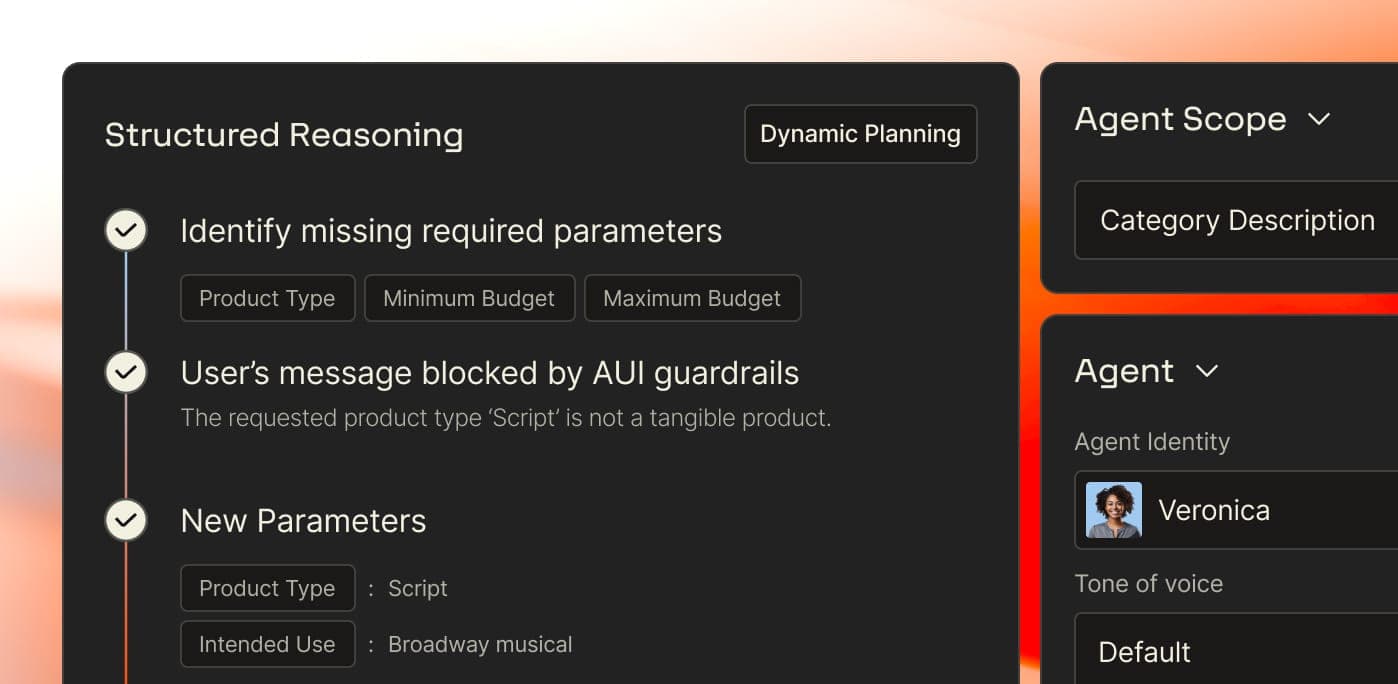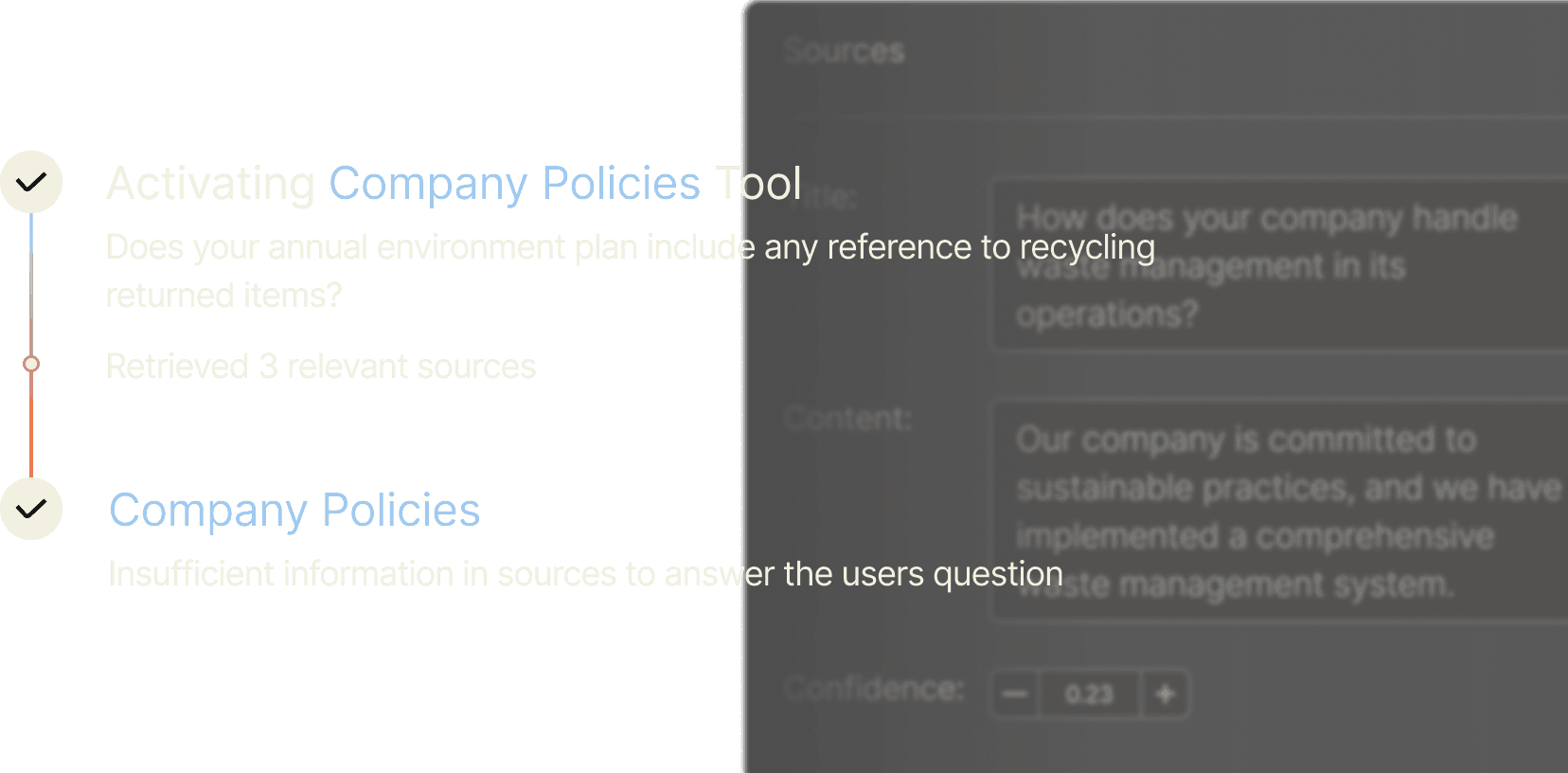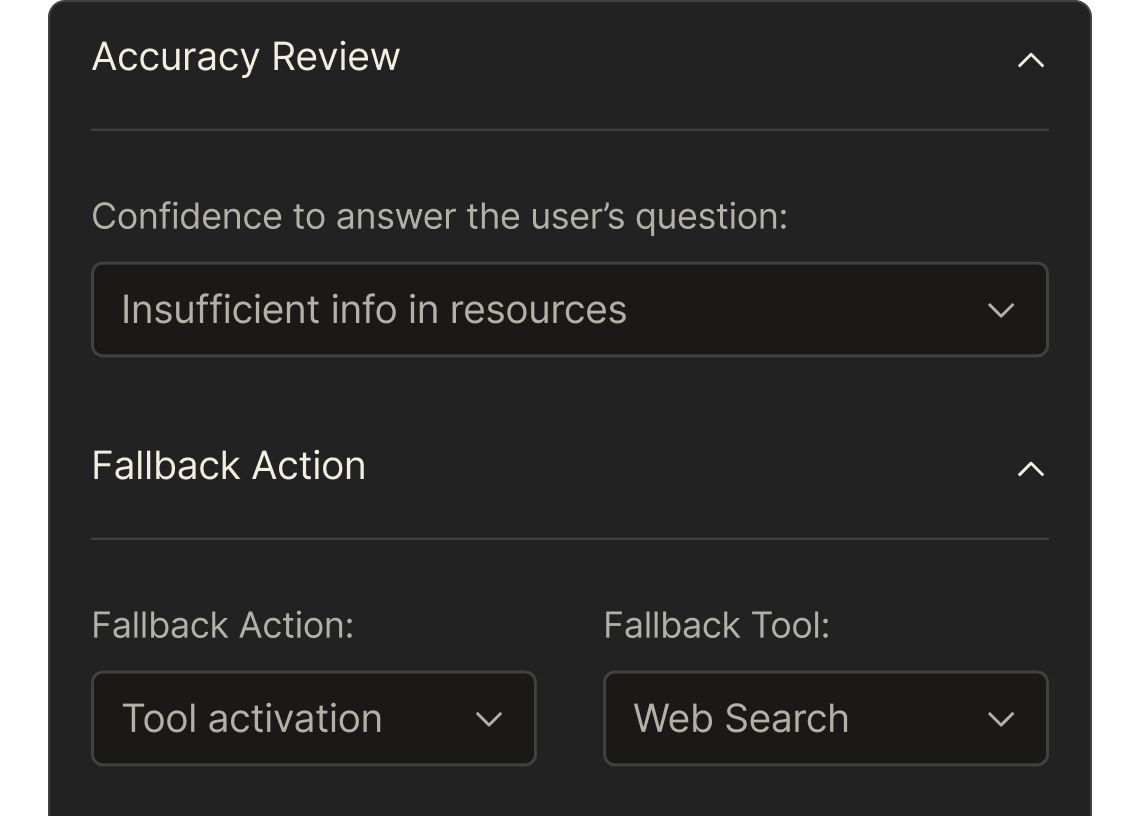Apollo-1:
The Neuro-Symbolic Foundation Model that Solves Task-Oriented Conversational AI
The Neuro-Symbolic Foundation Model that Solves Task-Oriented Conversational AI
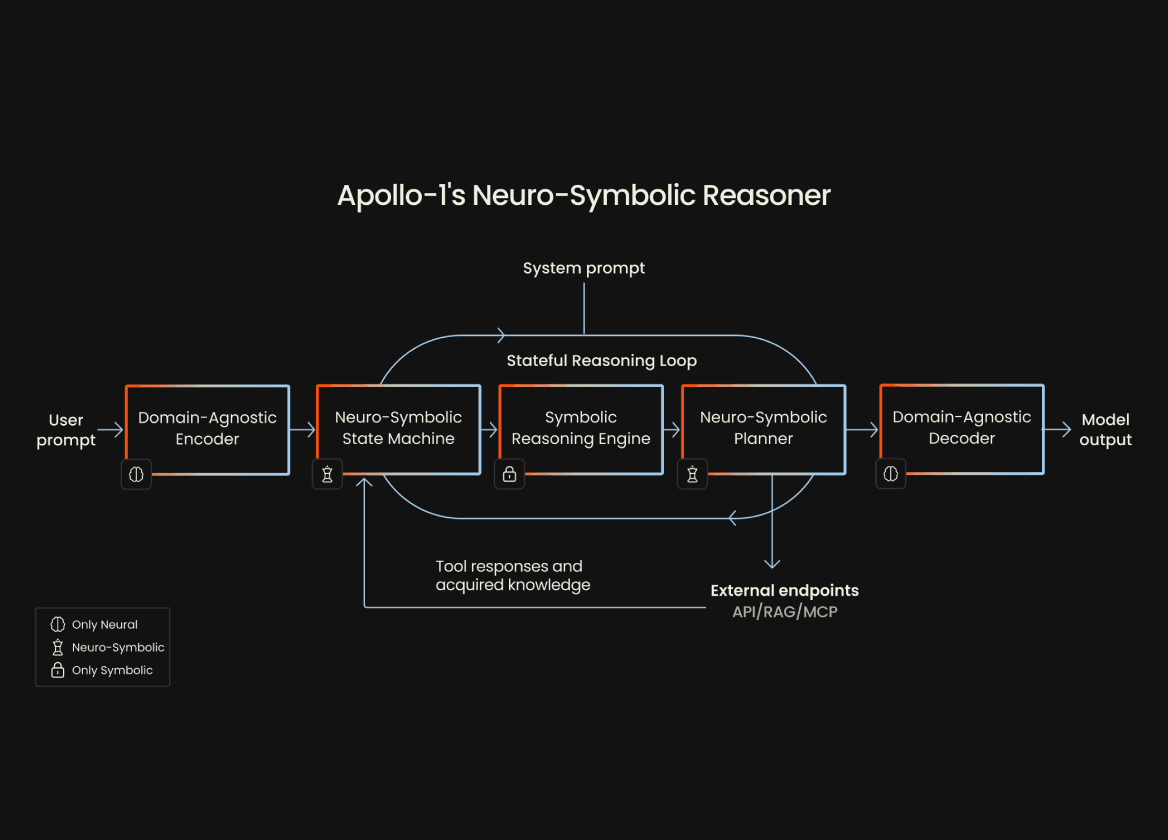
Transformer-based LLMsdon't make good agents
Traditional language models rely on transformer architectures, which excel at pattern recognition and language generation. They are particularly effective for a variety of tasks such as text generation, translation, and summarization.
However — when it comes to agentic use cases, situations where the model needs to perform actions, make decisions, or interact with tools — transformer-based LLMs face significant challenges.
that’s where Apollo-1 comes in
Transparency
A transparent, white-box model
Controllability
An advanced instruction environment
Predictability
A structured reasoning process
Tool-use
100% successful tool-use
Fine-tuning
Fine-tuning via human feedback
Better suited for agents
The neuro-symbolic approach bridges the gap between the flexibility of neural networks and the precision of symbolic logic. By merging neural networks with symbolic reasoning, Apollo-1 offers several key advantages.

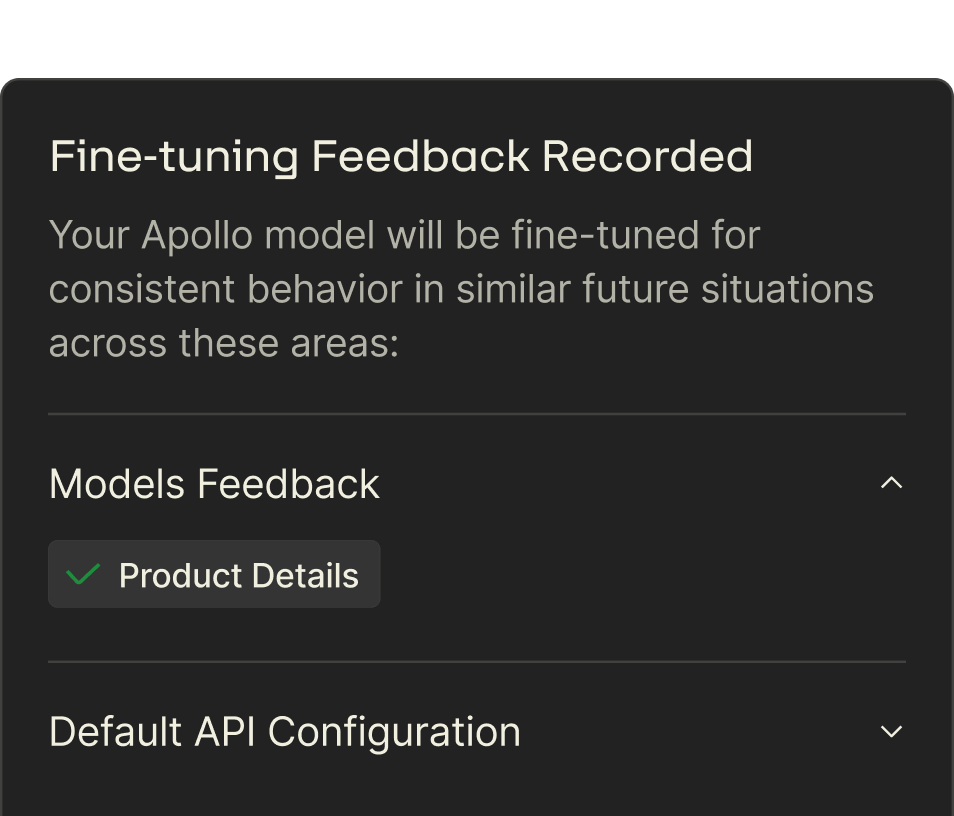
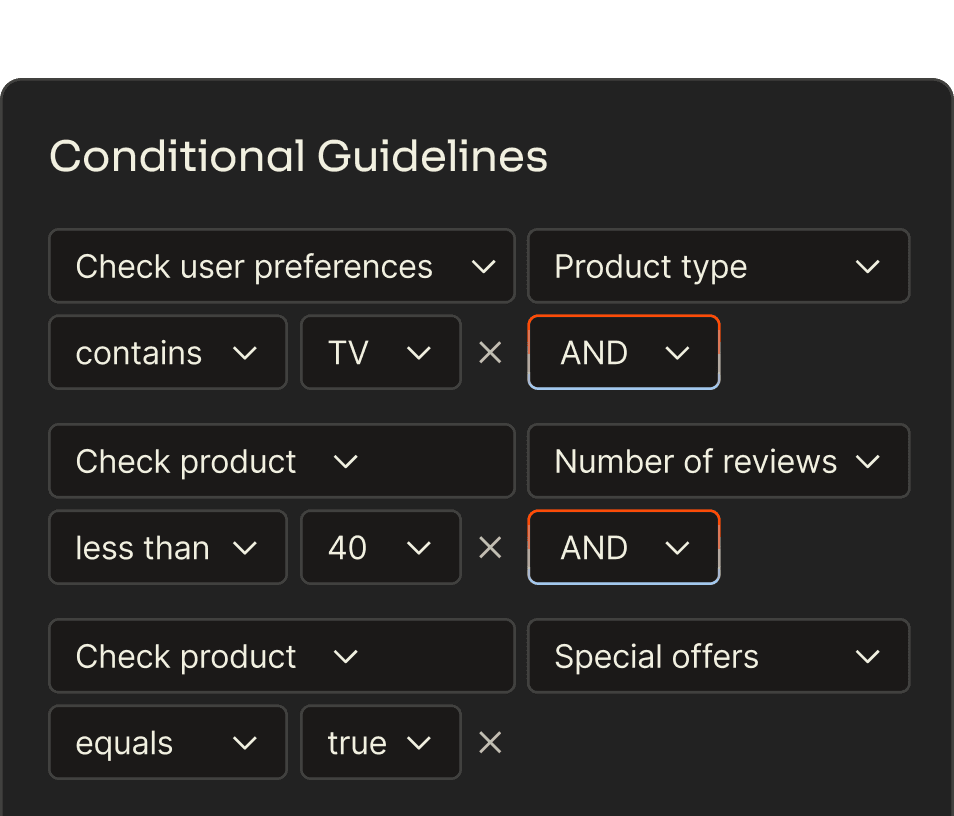
Symbolic components reduce the need for extensive datasets. By leveraging existing knowledge bases and rules, Apollo-1 performs effectively even with limited training data.

A higher level of understanding & precision
At the heart of Apollo-1’s capabilities lies the Structured Interaction State. This state is a symbolic, parameterized representation of each interaction, created by collecting and organizing sensory data.
By converting unstructured inputs into a structured format, Apollo-1 achieves a higher level of understanding and precision in its responses.
a new level of safety & accuracy
Combining generative and rule-based approaches minimizes the risks typically associated with AI outputs.
Adheres to predefined rules to avoid generating inappropriate or harmful content.
